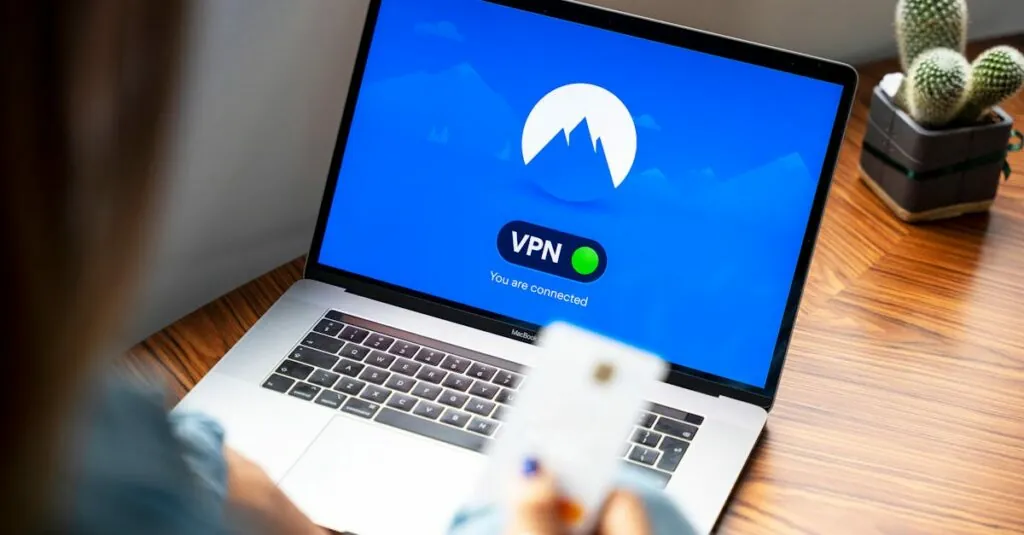Table of Contents
ToggleEver wondered if your top-secret Google Docs are really as private as you think? You’re not alone. In a world where sharing is the norm and privacy feels like a myth, knowing whether you’re flying under the radar or being watched can be a real game changer.
Imagine typing away, crafting your next great novel or planning a surprise party, only to realize someone’s peeking over your digital shoulder. Yikes! But fear not—this guide will help you navigate the murky waters of Google Docs anonymity. With a few simple checks, you’ll discover if you’re truly incognito or just another open book. So grab your detective hat and let’s dive into the world of Google Docs anonymity—because who doesn’t love a little mystery?
Understanding Google Docs Anonymity
Google Docs allows users to collaborate on documents seamlessly. Monitoring features can affect user anonymity. To determine anonymity, consider sharing settings. Users can set documents to private, restricting access to themselves only. Public settings expose documents to anyone with the link, reducing anonymity.
Viewing who edits a document also impacts anonymity. Google Docs displays names when users make edits. Anonymous animals, represented as “Anonymous” followed by a number, appear when users open the document without logging in. Identifying these anonymous users helps assess collaboration levels.
Review the document’s sharing settings to know your privacy status. Navigate to the “Share” button in the upper right corner. Click it to view current access levels. Users can change these levels from “Anyone with the link” to specific individuals for improved anonymity.
Monitoring comments and suggestions occurs in real time. Participants’ names appear alongside contributions. This visibility means anonymity diminishes when collaborating actively. Regularly check access and permissions to maintain privacy.
Consider using incognito mode for additional privacy. This option allows for collaboration without impacting the logged-in user profile. Anonymity increases when others can’t trace your identity back to your primary account.
Finally, stay informed about general Google Docs privacy policies. Google’s Privacy Policy outlines data usage and sharing practices. Understanding these guidelines helps users navigate anonymity challenges effectively. Tracking updates ensures users remain aware of potential privacy issues while using the platform.
Signs You Are Anonymous
Determining anonymity in Google Docs hinges on several key indicators. Recognizing these signs can clarify privacy status while using the platform.
No Comments or Edits Linked to Your Account
Comments or edits attached to an account signal user identity. An absence of these interactions suggests anonymity. While collaborating on documents, if contributions merge without personal identifiers, it indicates users engage privately. Even without assigned names, participants can still interact. Without comments or visible edits linked to a specific account, he or she may operate under a veil of anonymity.
Different Username Displayed
A different username in the document context shows anonymity. If the displayed name does not match the account name, it raises suspicion regarding identity protection. Users collaborating under an alias or a generic label maintain a degree of privacy. Observing this variation can confirm the lack of personal account visibility. Whenever the username differs from the original account name, the connection to the true identity diminishes.
Checking Your Document Sharing Settings
Understanding document sharing settings is crucial for maintaining anonymity in Google Docs. Users can manage who accesses their documents by adjusting settings effectively.
Adjusting Permissions
Permissions directly affect anonymity when collaborating on Google Docs. Users can choose from several options, including private, shared with specific people, or public access. Setting a document to private ensures that only the owner can view or edit the content. For shared access, selecting specific email addresses allows control over who sees the document. Public access, however, can expose documents to anyone with the link, reducing anonymity significantly. Regularly reviewing and updating these permissions is essential to protect sensitive information.
Viewing Document Notifications
Document notifications provide insight into who has interacted with content. Users receive alerts about comments or edits made by collaborators. In a shared document, viewing these notifications helps in identifying actions taken by other users. If the notifications reveal frequent additions or changes from specific individuals, this indicates active collaboration. However, having no notifications suggests a more private interaction with the document. By monitoring these alerts, users can further assess their anonymity levels within Google Docs.
Ways to Ensure Anonymity
Ensuring anonymity on Google Docs involves various strategies users can implement to protect their identity while collaborating.
Using Incognito Mode
Using incognito mode in web browsers offers a way to engage with Google Docs without revealing one’s primary account. This mode prevents the browser from saving browsing history, cookies, and site data, providing a layer of anonymity. By opening Google Docs in incognito mode, users avoid the automatic login typically associated with their accounts. Consequently, they can create or edit documents without leaving a trace linked to their main profile. This approach proves particularly useful for sensitive projects where identity protection is paramount.
Creating a New Google Account
Creating a new Google account dedicated solely to specific documents enhances anonymity. This approach allows users to separate their personal identity from collaborative projects. A different email address can minimize exposure when sharing documents, ensuring that edits or comments don’t connect back to the main account. Additionally, using this account exclusively for collaborations limits the data Google associates with the user. Setting up strong privacy settings on this new account further fortifies anonymity, providing peace of mind during collaborative efforts.
Conclusion
Understanding how to maintain anonymity on Google Docs is crucial for anyone concerned about privacy. By regularly reviewing sharing settings and utilizing incognito mode, users can significantly enhance their confidentiality. Creating a separate Google account for specific projects also offers an extra layer of protection.
It’s important to stay informed about the features that impact visibility and privacy. With the right strategies in place, individuals can collaborate effectively while keeping their identity secure. Taking these steps ensures that personal projects remain private and free from unwanted scrutiny.







